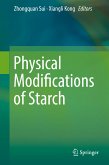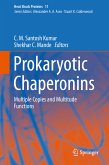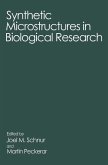This book presents state of the art biophysical approaches to issues in glycobiology that have cutting-edge applications. Despite the importance of glycosylation, the complexity, heterogeneity, and flexibility of the glycans have inhibited their study. Each chapter in this book explains very recent significant advances in biophysical approaches through the use of techniques such as NMR spectroscopy, mass spectrometry, single-molecule imaging, X-ray crystallography, high-speed atomic force microscopy, and computational simulation and their integrative application. Concrete examples are provided of the value of these techniques in addressing key problems in the field. In addition, significant functional glycobiological issues are considered. For example, glycolipids can form dynamic clusters on cell membranes and provide platforms for molecules involved in cell recognition and subsequent signal transduction. The detailed delineation of these molecular systems is discussed, revealing their structural complexity and ability to assemble transiently. This timely book will be of value for graduate students and postdocs interested in frontier topics in glycoscience and also for senior bio-researchers in academic and industrial fields.
Dieser Download kann aus rechtlichen Gründen nur mit Rechnungsadresse in A, B, BG, CY, CZ, D, DK, EW, E, FIN, F, GR, HR, H, IRL, I, LT, L, LR, M, NL, PL, P, R, S, SLO, SK ausgeliefert werden.









